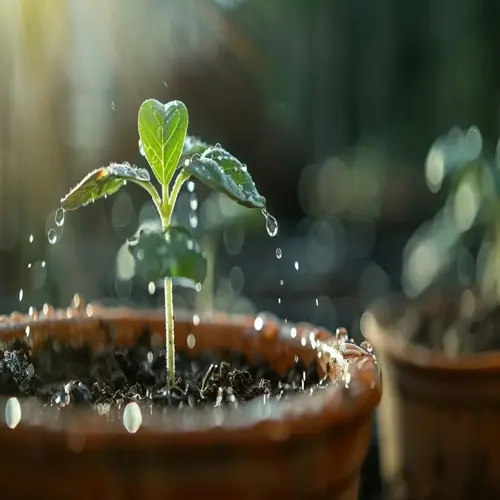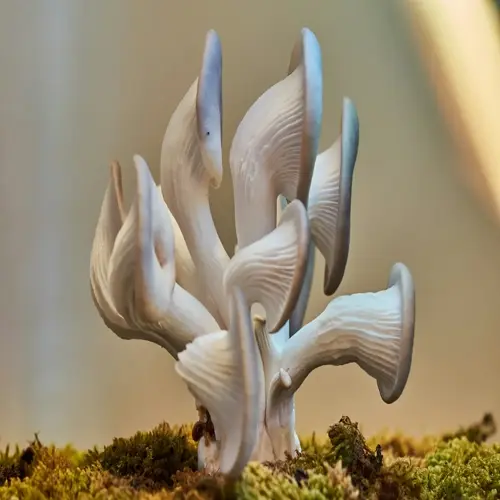How should I care for pepper plants in containers?

Written by
Tina Carter
Reviewed by
Prof. Charles Hartman, Ph.D.Container-grown peppers are cared for differently from peppers grown in a garden bed. Peppers in a container require consistent watering and feeding. I have learned that daily monitoring can prevent most problems before they become damaging to the plants. Proper care involves watering plans, feeding routines, and environmental changes that lead to healthy plants.
Water Management
- Check soil moisture every morning before temperatures rise
- Water deeply until it drains from bottom holes
- Use finger test: water when top inch feels dry
Light Optimization
- Ensure 6+ hours direct sunlight daily
- Rotate containers weekly for even exposure
- Use reflective surfaces to boost light intensity
Nutrient Delivery
- Apply balanced fertilizer at planting time
- Switch to high-potassium formula during flowering
- Supplement with compost tea every 3 weeks
If you're growing peppers in containers, avoid losing water to evaporation by watering in the morning. Use water at room temperature to avoid shocking the roots. Container soil dries out faster than soil in the ground, so that containers will need more frequent attention. I water my containers until I see about 10% of the water draining out the bottom, which helps flush out any accumulated salts from the soil.
Provide peppers with ongoing nutrition with organic fertilizers. When used during vegetative growth, fish emulsion provides nitrogen, while kelp meal helps support flowering. Apply fertilizers to damp soil to reduce root burn. I switch between liquid and granular for continuous year-long nutrition.
Utilize integrated pest management to defend plants. Inspect the undersides of leaves weekly for early signs of pests. Apply preventive neem oil sprays every 2 weeks, and companion plant with basil or marigolds to naturally deter some common insects. I use yellow sticky traps as an effective monitor for flying pests.
As the fruit develops, use supports to prevent the pepper plants from breaking. To do this, stick the stakes into the soil before planting so you won't disturb the roots. Be sure to use a soft tie to secure the main stems, allowing them to sway in the wind. Rotating the containers once a week ensures that every side receives equal sunlight, promoting balanced growth and color ripening.
Read the full article: 10 Expert Tips: How to Grow Peppers in Containers

